45°28′01″N 9°11′24″E
with works by: Alessandro Agudio, Alessandro Carano, Anna Franceschini, Dario Guccio, Francesco Joao, Lorenza Longhi, Beatrice Marchi, Emanuele Marcuccio, Daniele Milvio, Margherita Raso, Andrea Romano, Giangiacomo Rossetti, Davide Stucchi
in collaboration with Galleria Federico Vavassori, Fanta-MLN, Castiglioni Fine Arts, Damien & the Love Guru, Sandy Brown, Martina Simeti, Gaudel de Stampa, Vistamare
16 Dec 2021/5 Feb 2022
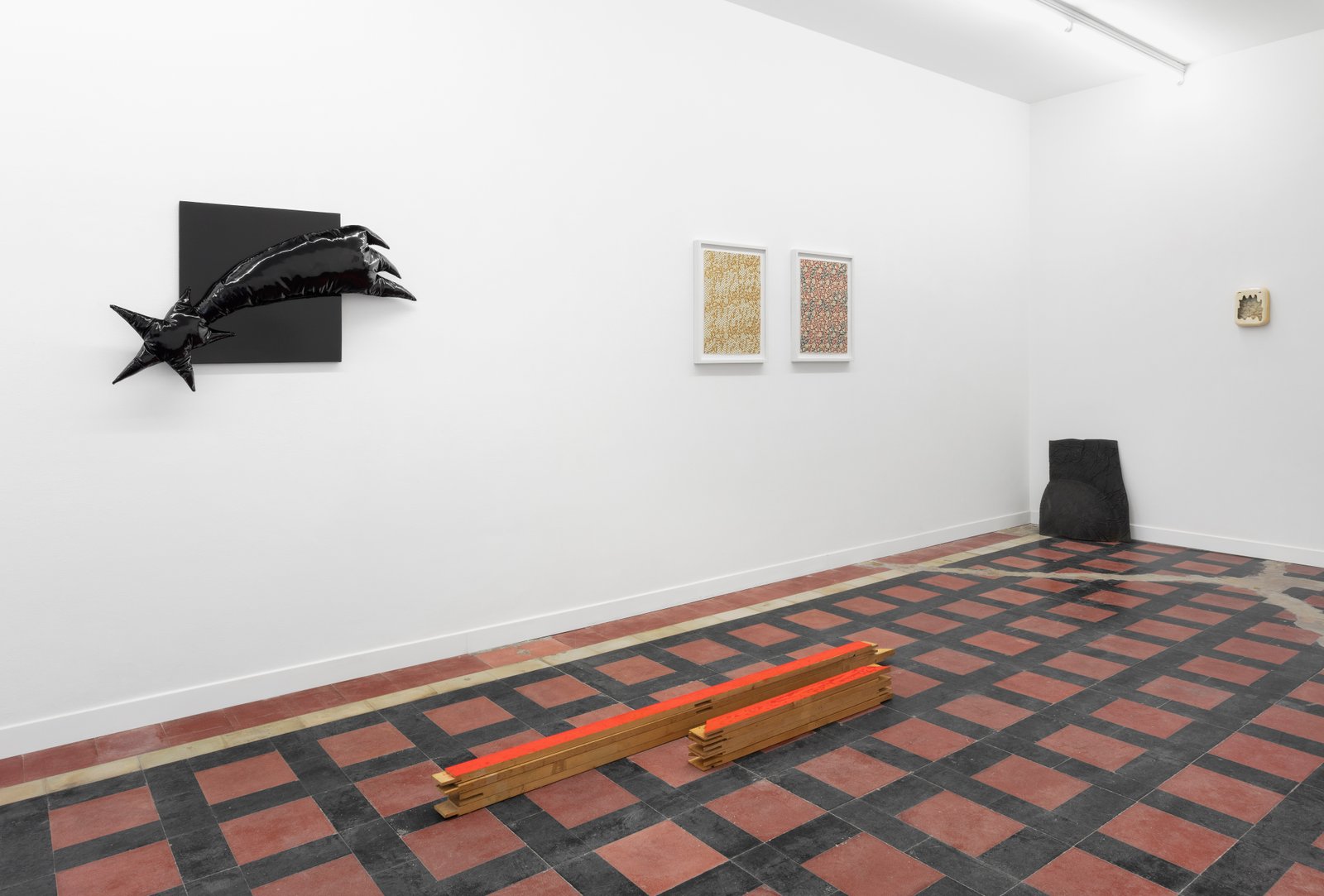


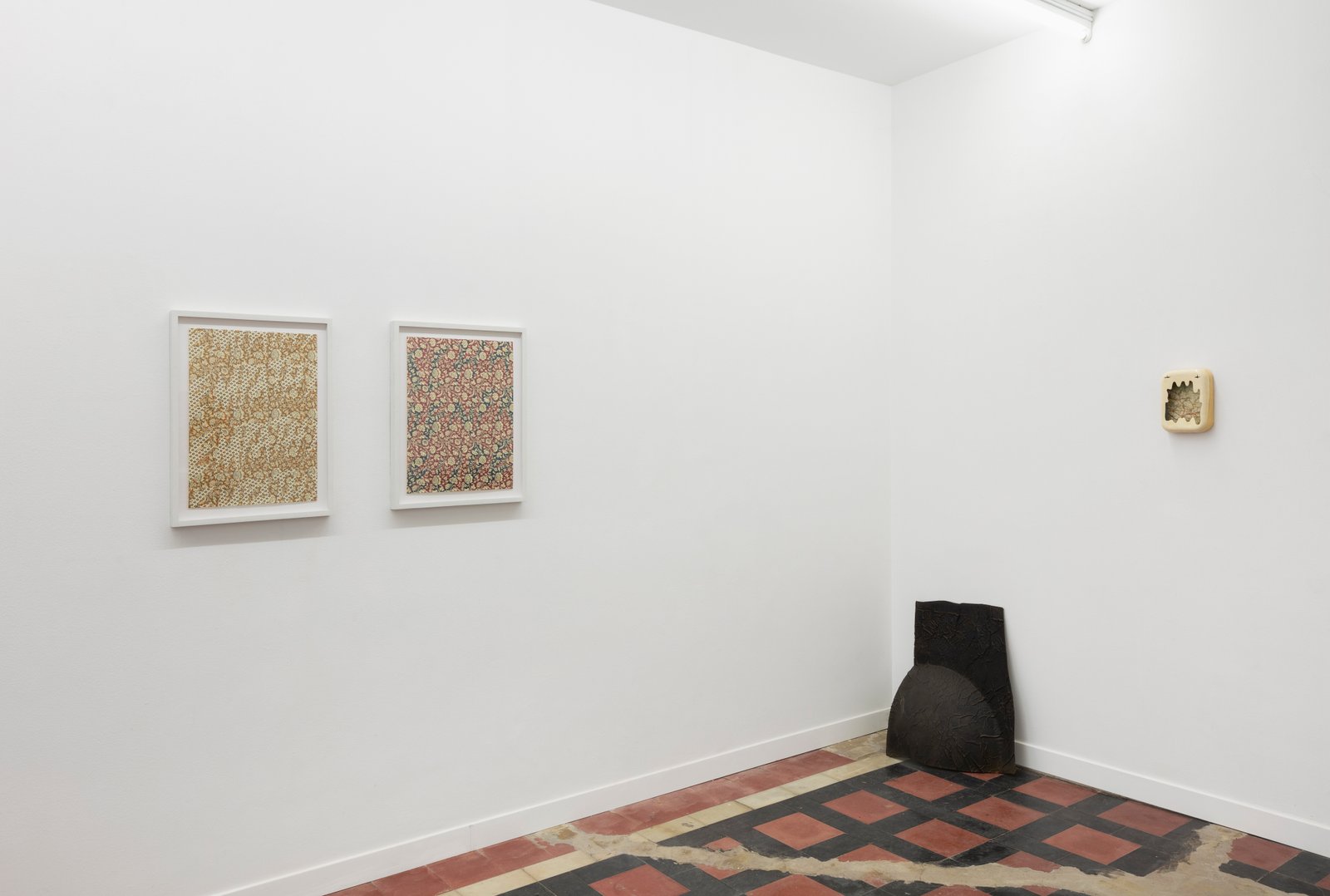
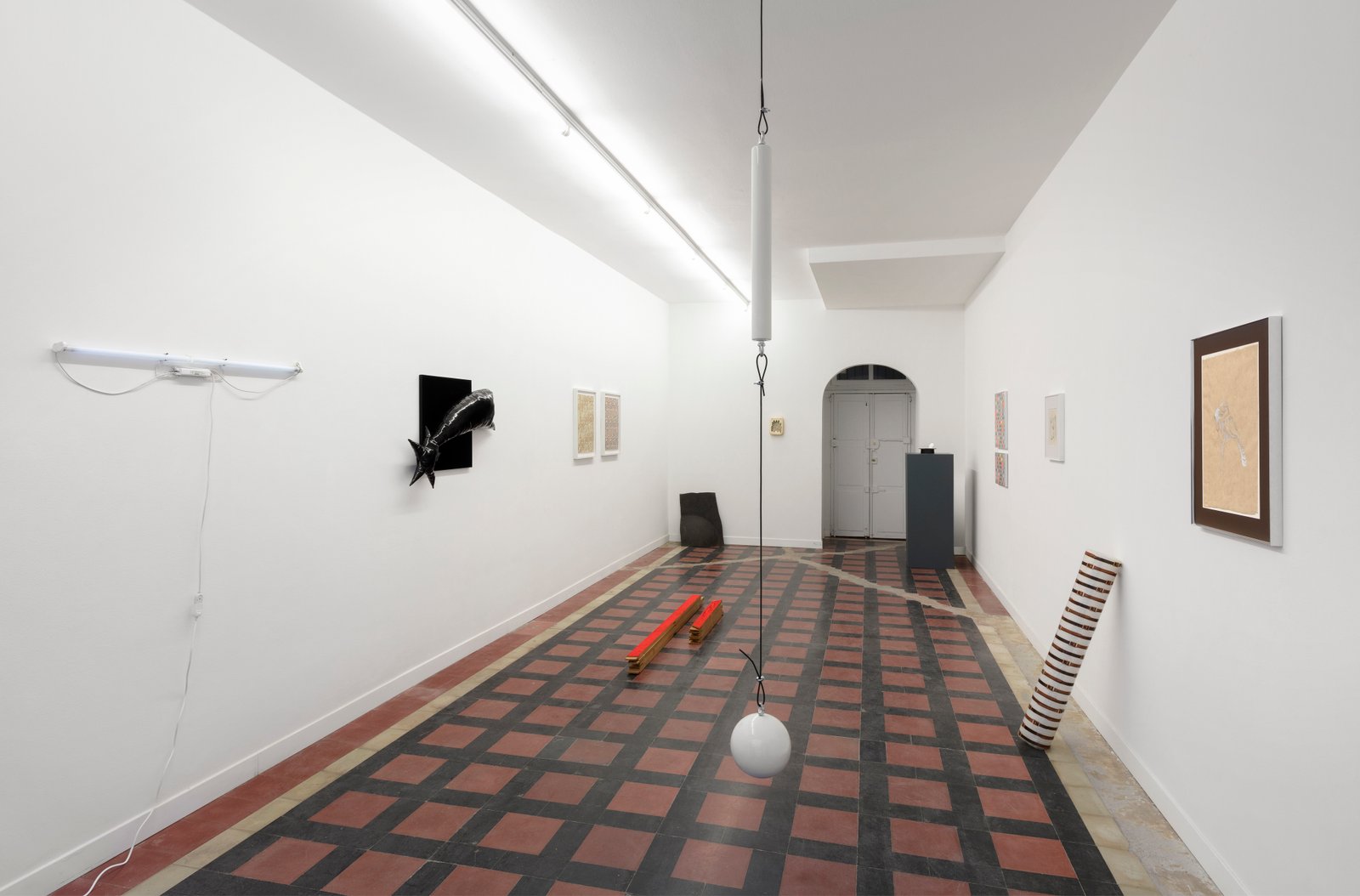
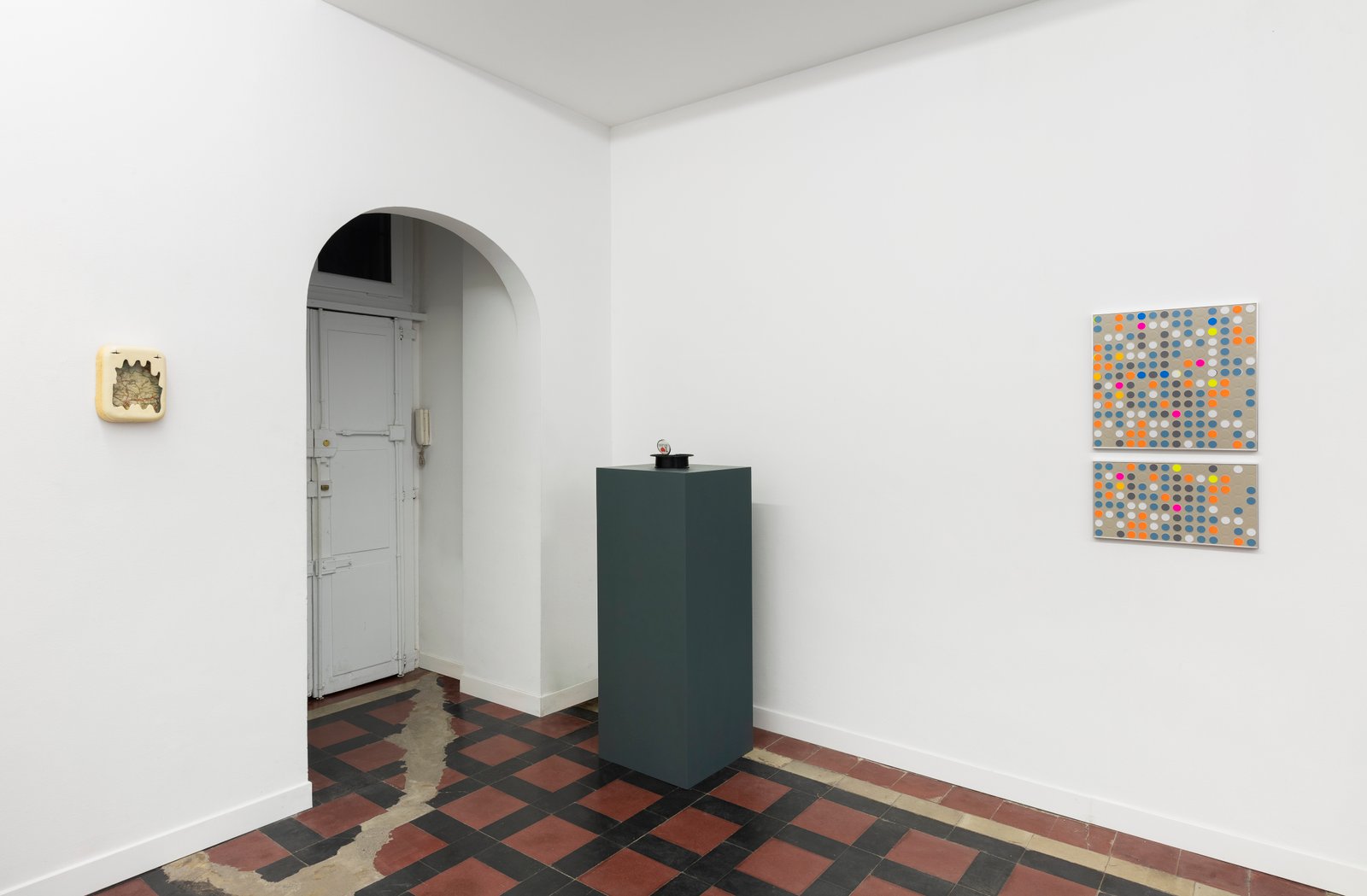

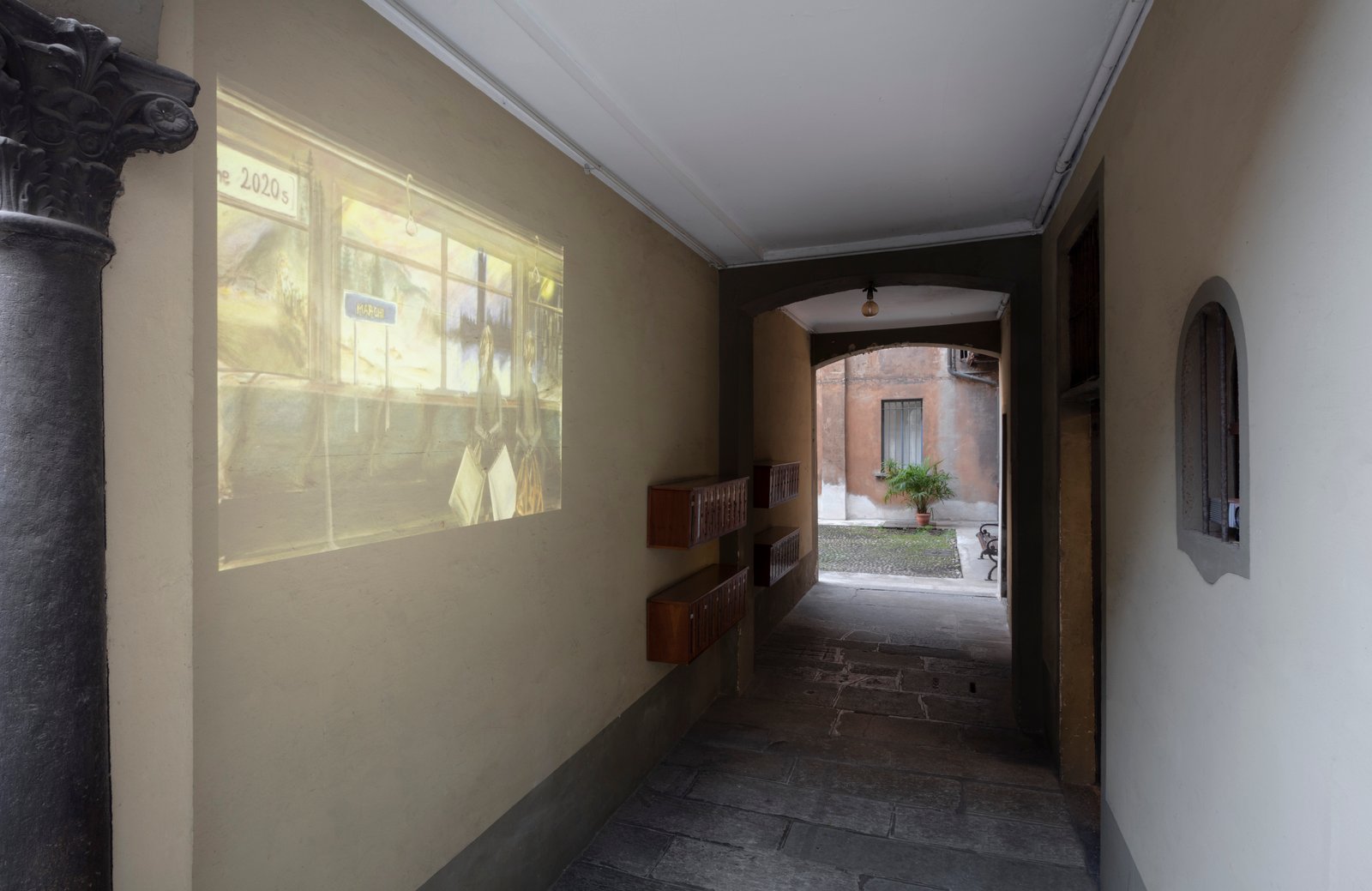



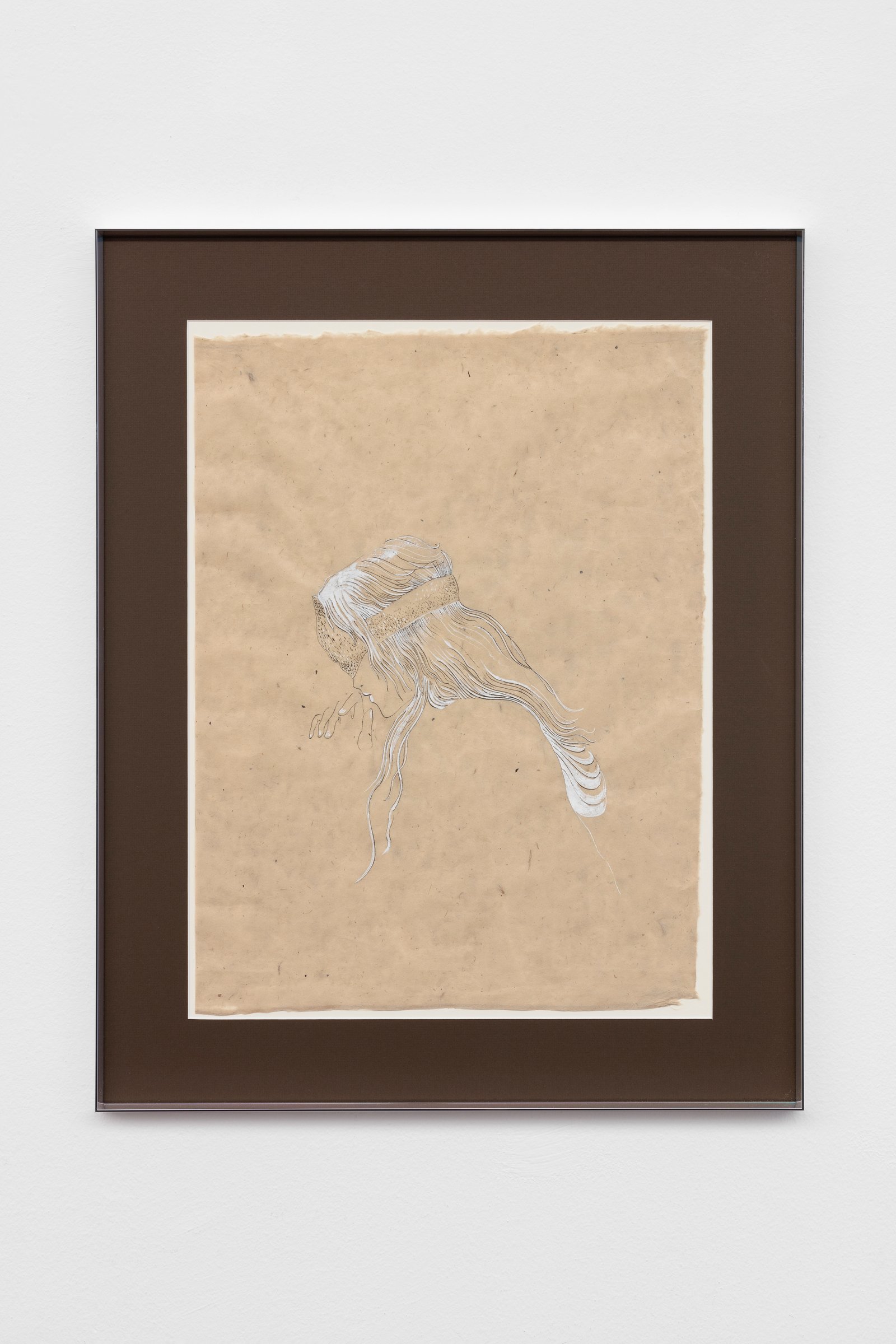
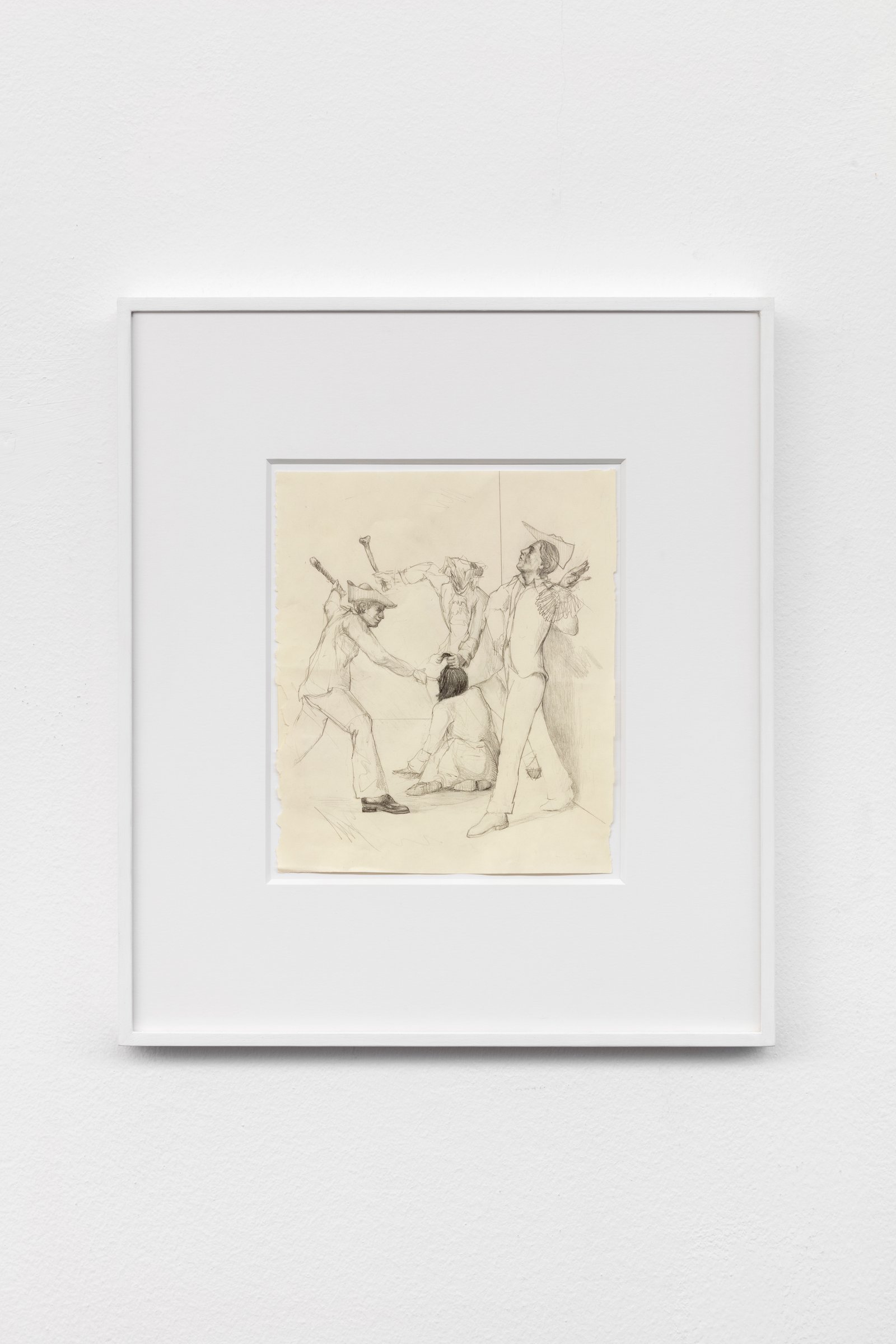
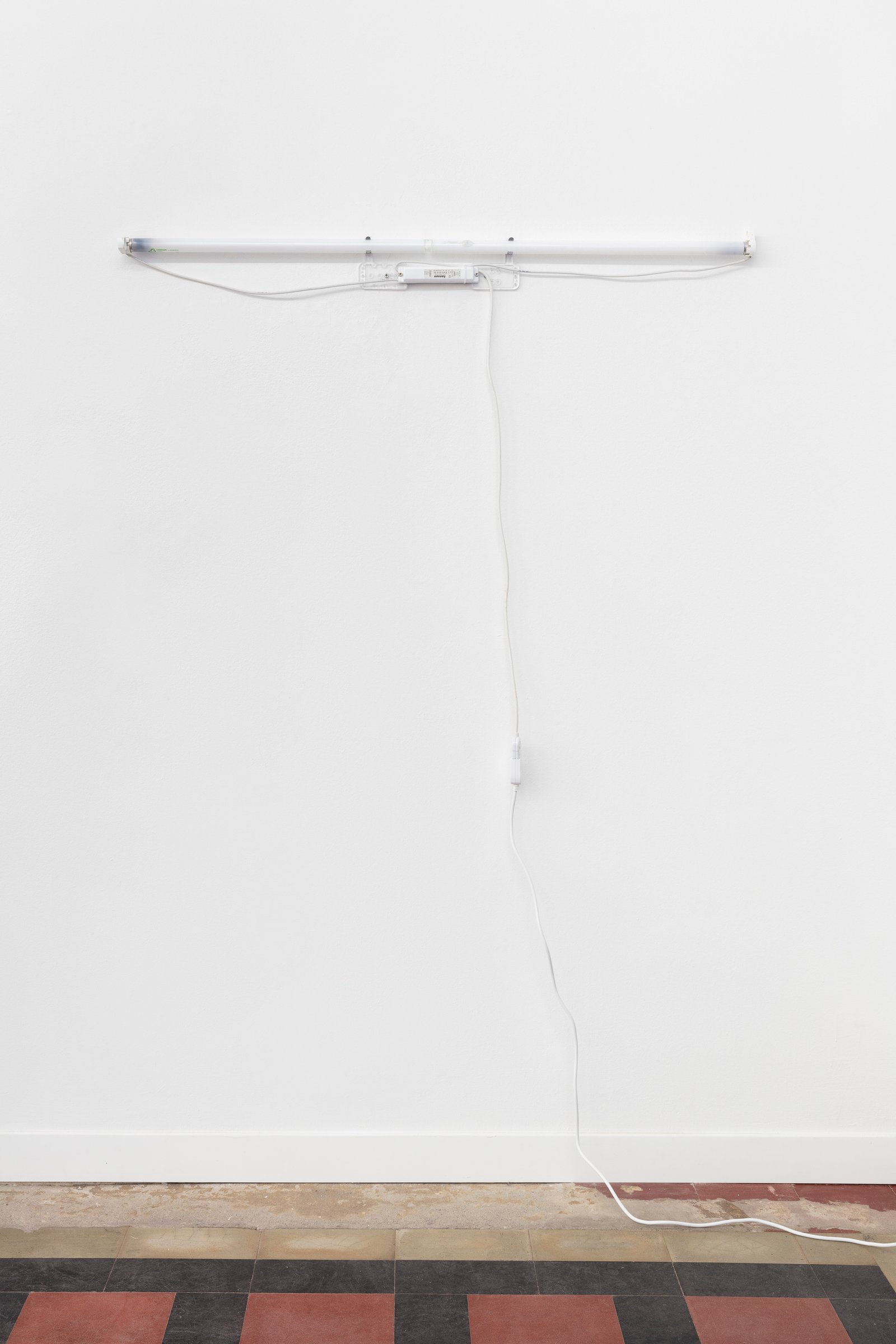


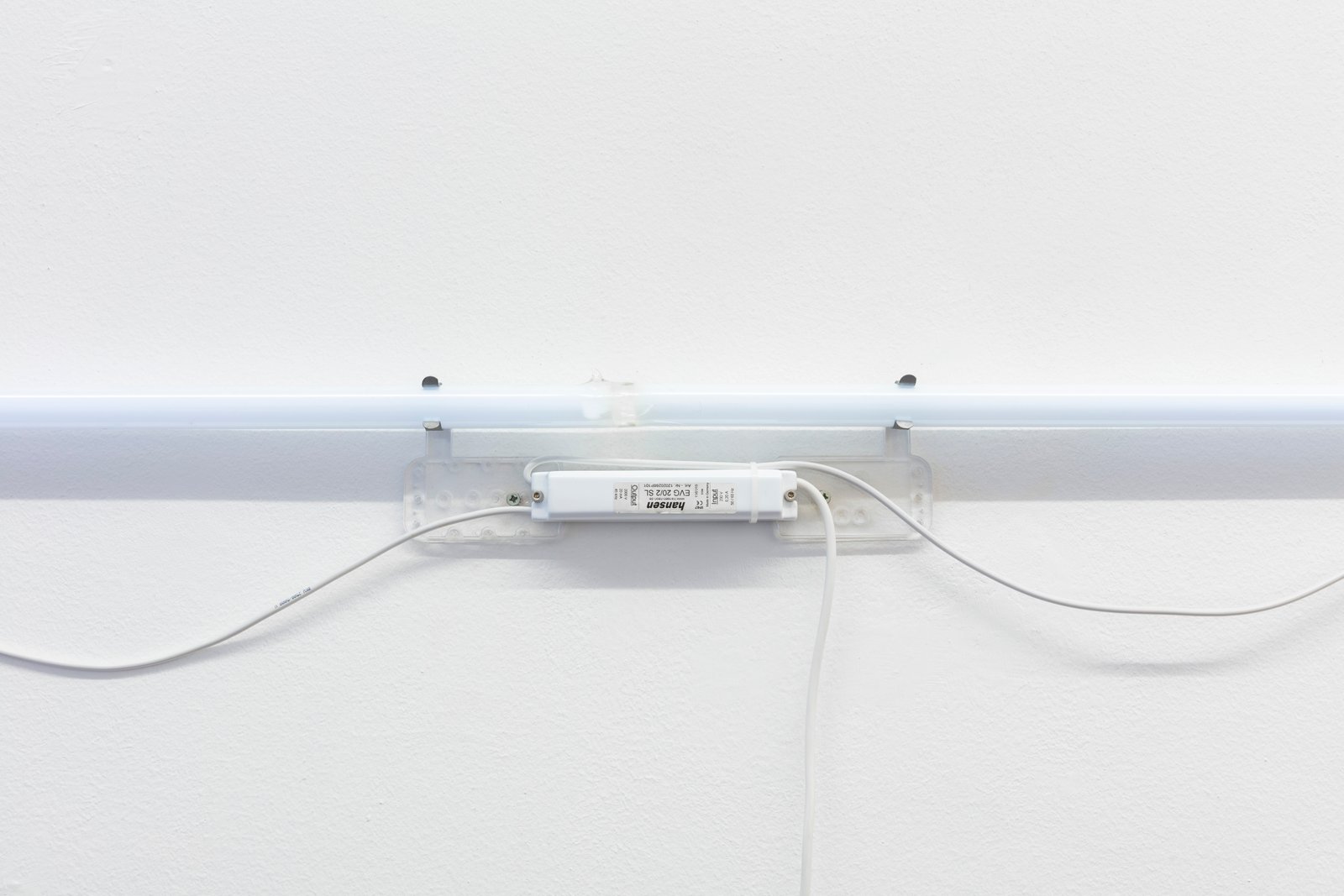


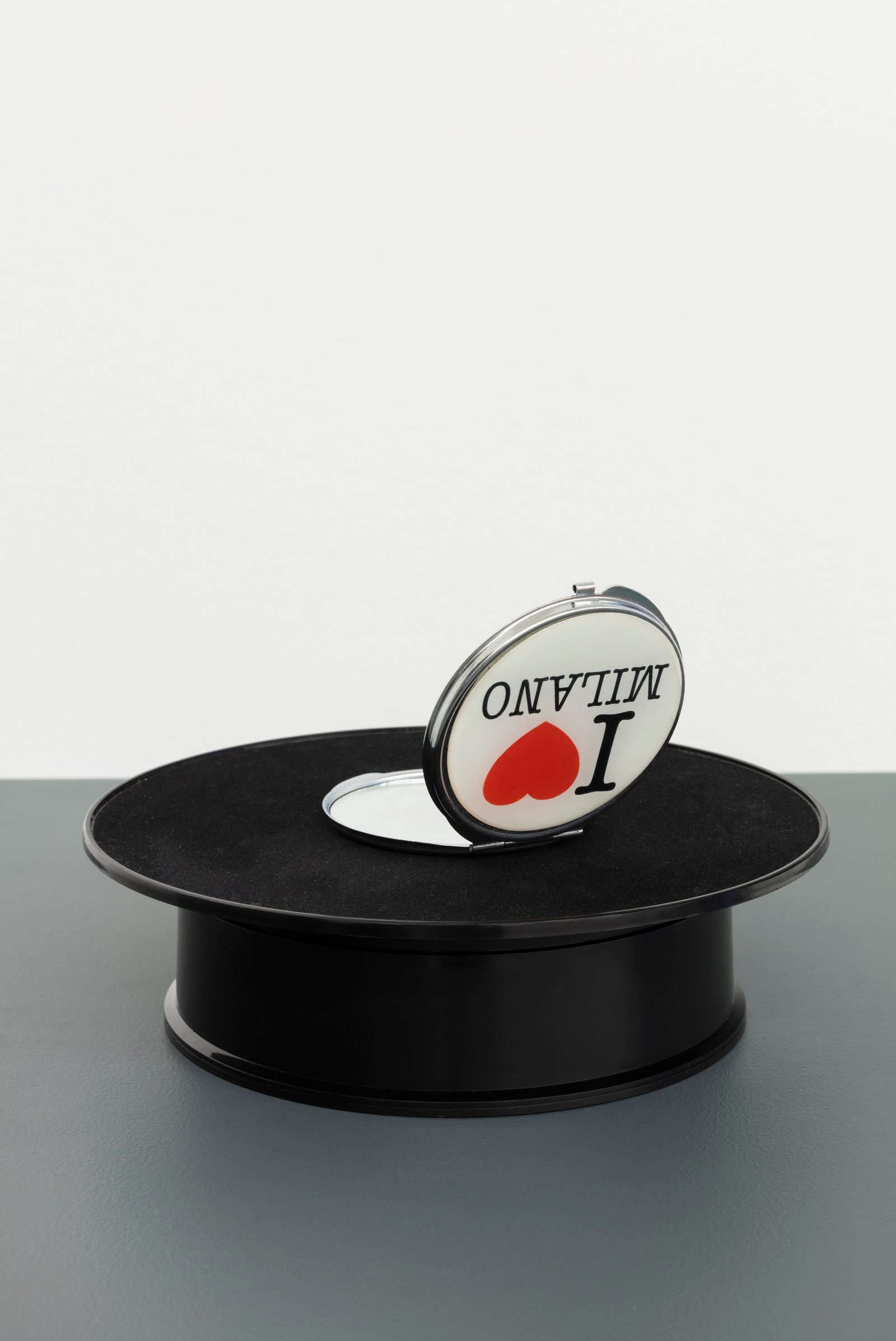
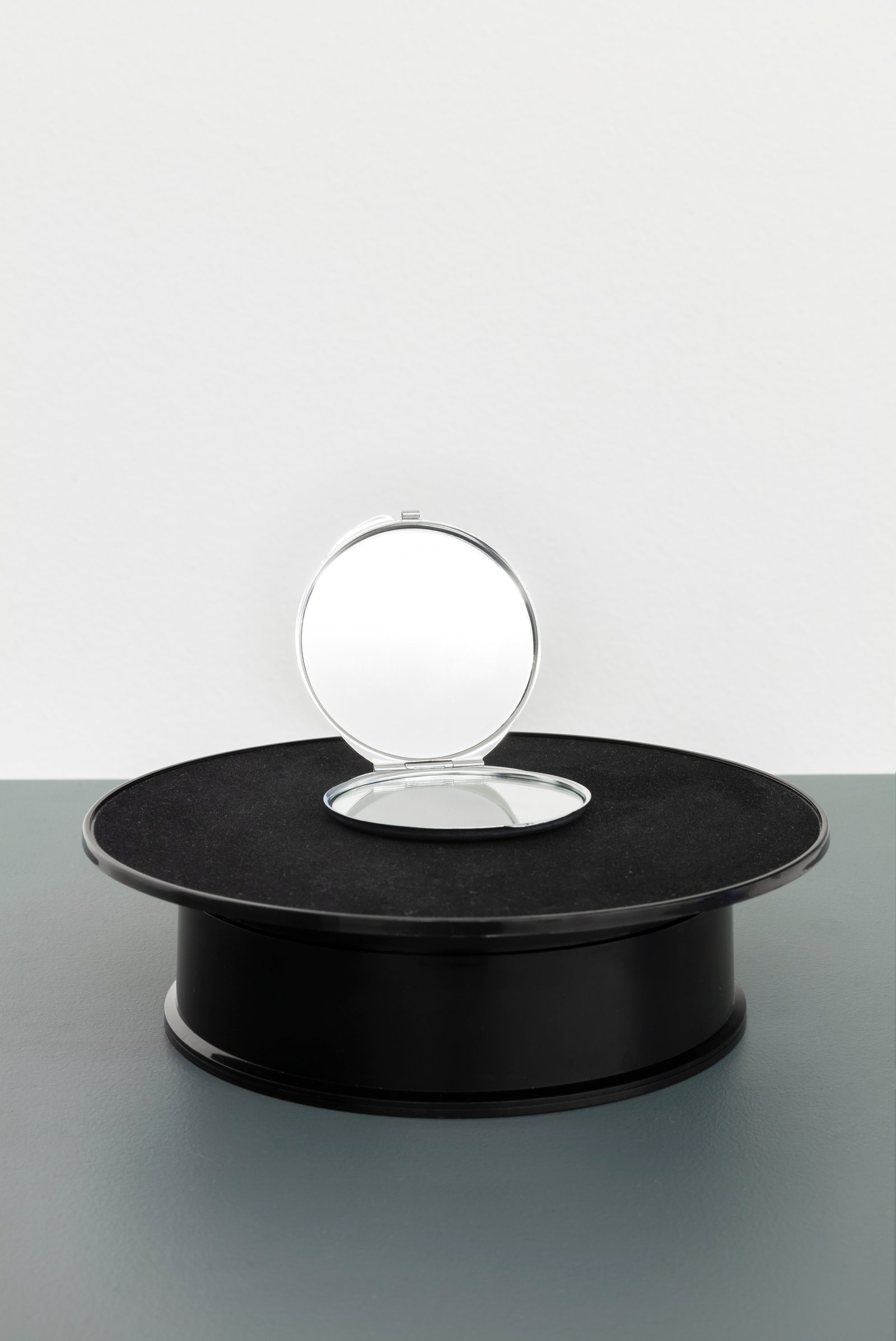
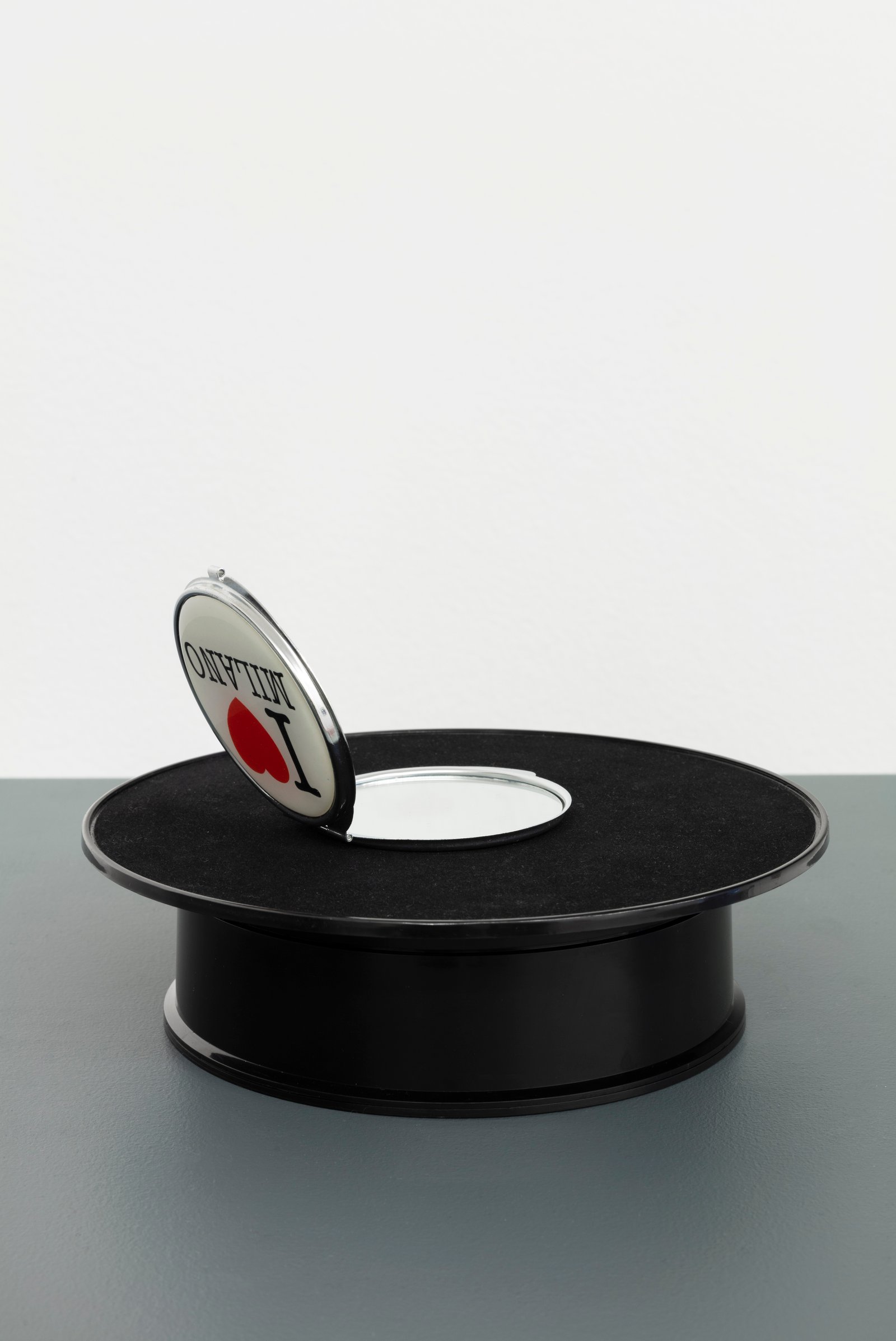
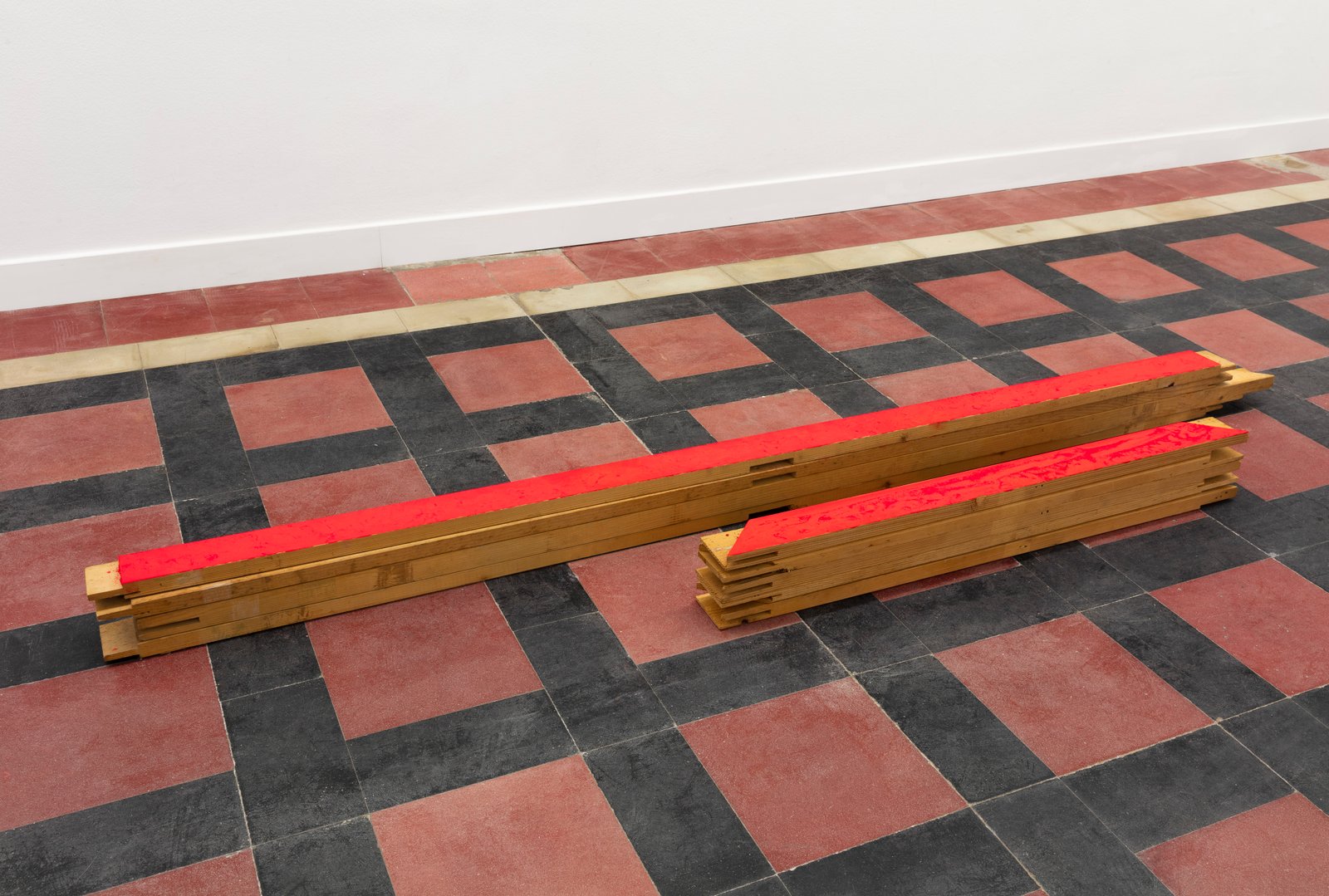

In Michèle Bernstein’s Tous les chevaux du roi (All of
the King’s Horses), the protagonist is engaged in a
conversation with Gilles. Discussing his paintings, she asks:
“What are you busy with, exactly? I have no idea.” He
answers: “Reifcation.” – “It’s a serious job.” – “No. I walk.
Mostly I walk,” acknowledging the pressure of reifcation
and elaborating strategies to diffuse it. This is Gilles’
tactics to better avoid an automatic materialization of an
image, as if the painter was a sole executor, and painting
a sole machine running on its program. On the other
hand, we also owe reifcation the foundational artistic
myth of the artworks’ own agency; liveness comes from
the materialization of an obsession, as we know from
Pygmalion’s story.
So, for our present concerns, how can a work of art testify
for a personal relationship to a city? Here the pressure of
reifcation comes in more insidiously, and maybe the best
is opting for a dismantling of the whole question, as to go
back to a productive feld. Reifcation can therefore mean
here dislocation, exposing a work to its own unworkings,
letting the artwork speak for itself because it has as much
to say about its own relationship to the city. This is also
an effect of the relative autonomy of the artistic feld; a
feld governed by its own laws but heavily impacted by
what happens outside of it, and what happens outside
is also fltered and shaped by the specifcity of this feld.
Sometimes it’s hard to tell whether the artwork is saying
something about the city or it is the other way around?
It seems that in some cases it suffces to believe that
something is a commentary about something else for it to
be true. Think of the lucky optimist who, having bought a
ticket for a lottery, has an unshakeable conviction that she
will win, and, being lucky, does win.
Assembling artists under the guise of the “scene” also
begs the question of reifcation: how tangible is the
Zeitgeist? The coordinates of the exhibition’s title hold the
promise to put the fnger on something, a palpable and
reassuring way to say that it is somewhere. But with all
their surgical precision, they also paradoxically insist on
what kind of space a “scene” inhabits; that is, in Deleuze’s
words, an espace quelconque, a whatever-space that
is full of potential precisely because it is undone. This
blurry site has then to be flled with a series of projections,
another way to relate to the city. This is maybe the way
we should see this “scene” gathering. Reifcation could
hence be the accomplishment of the potential of an
indeterminate space, a trembling and personal zoom on a
situation that is left to be resolved.
– Paolo Baggi